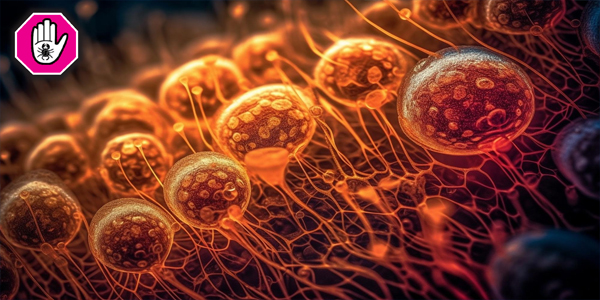Cancer detection refers to the process of identifying the presence of cancer or pre-cancerous changes in the body. Early detection is essential because it increases the likelihood of successful treatment and improves overall outcomes for cancer patients. There are several methods and tools used for cancer detection:
1. Screening Tests: These are tests conducted on seemingly healthy individuals to identify early signs of cancer before symptoms develop. Common cancer screening tests include mammograms for breast cancer, Pap smears for cervical cancer, colonoscopies for colorectal cancer, and prostate-specific antigen (PSA) tests for prostate cancer.
2. Diagnostic Imaging: Various imaging techniques, such as X-rays, computed tomography (CT) scans, magnetic resonance imaging (MRI), and ultrasound, can be used to visualize and identify abnormalities or suspicious masses in the body that may be indicative of cancer.
3. Biopsy: A biopsy involves the removal of a small sample of tissue from a suspicious area, which is then examined under a microscope to determine if cancer cells are present.
4. Blood Tests: Some blood tests can detect specific markers or substances that may be associated with certain types of cancer, helping to diagnose or monitor the disease.
5. Endoscopy: Endoscopic procedures allow doctors to examine the inside of organs or body cavities using a flexible tube with a camera attached. It can be helpful in detecting cancers in areas like the gastrointestinal tract or respiratory system.
6. Genetic Testing: Genetic testing can identify certain inherited gene mutations that increase the risk of developing specific types of cancer, helping individuals and their healthcare providers take appropriate preventive measures.
7. Liquid Biopsy: This emerging technique involves testing a sample of blood to detect fragments of DNA shed by tumors into the bloodstream, which can provide information about the presence and characteristics of cancer.
It’s important to note that not all cancer detection methods are suitable for every type of cancer, and the choice of diagnostic approach depends on the patient’s symptoms, risk factors, and the type of cancer being considered.
Early detection can significantly improve the chances of successful treatment and increase the likelihood of a positive outcome for cancer patients. For this reason, regular health check-ups and adherence to recommended cancer screening guidelines based on age, gender, and other risk factors are essential to promote early detection and prevention of cancer-related complications. If you notice any unusual symptoms or risk factors for cancer, it’s crucial to consult a healthcare professional promptly for evaluation and appropriate management.


